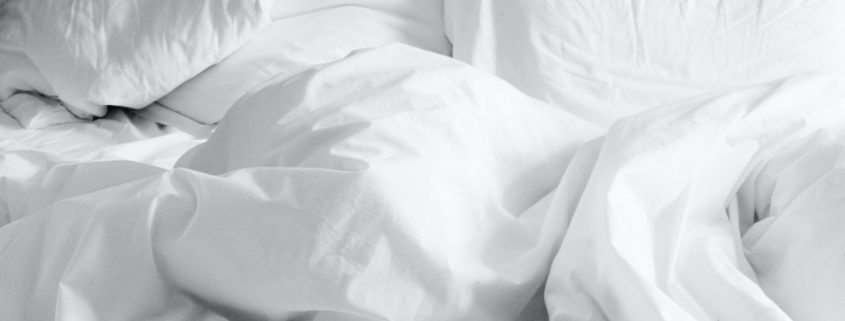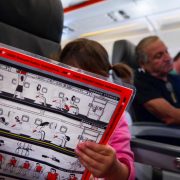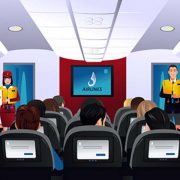Passenger with a pillow from home
Can a passenger bring a full-size pillow on board and does it need to be stowed for take-off and landing? Would the answer be different if the same passenger with a pillow was seated in an exit seat? What about large stuffed toy pillows that children sometimes bring on board?
The approved carry-on baggage program is the primary document that states what is permitted and restricted with regard to personal items brought on board. Some manuals, including the flight attendant manual, contain the pertinent extracts of the carry-on baggage program.
If there’s nothing there that specifies pillows or similar, here’s something to consider. Comparatively, on some airlines around the world, in domestic first/business class, pillows and blankets are provided on each seat. On international flights, many airlines provide pillows and blankets in all classes, all seats, including exit seats. There’s no regulation or guidance that I am aware of, that prohibits a toy pillow or “pillow pet” from being used during takeoff, landing, and all movement on the surface. My understanding is that a pillow, whether full size or child’s toy/pillow does not need to be stowed under a seat or in an overhead bin for takeoff/landing, as they are typically not considered baggage, as defined in their carry-on baggage program. Some airlines may choose to consider a pillow as a personal item, and some gate agents may take issue with a person having a carry-on bag, a personal item, plus a pillow. Thinking about the winter season, passengers wear onboard their coat/overcoat, and sometimes take it off and place it to their side or on their lap. The jackets can take up an equivalent amount of space as a pillow, but they are not required to be stowed for takeoff and landing.
With regard to the exit seat, we all probably have our own opinion as to what should be allowed or not permitted, and it sometimes is in conflict with the actual regulation or company policy. Despite personal opinions, everyone has to go by what the regulation, approved programs, or company policies say. For example, some airlines prefer a policy that prohibits carryon bags from being stowed under overwing exit seats (e.g. B737, A320). However, the regulation itself doesn’t prohibit it, it speaks to restraint and luggage shifting requirements. Only a company policy could change it. Airlines can voluntarily exceed regulatory requirements, but may never be less restrictive. When I flew on Silk Air from Singapore to Langkawi, Malaysia, I was seated in the exit row. Coming from the USA, I placed my bag under the seat in front of me, but then learned Silk Air prohibits baggage in the exit row for takeoff and landing. Personally, I liked and agree with the greater restriction in the interest of safety.
My understanding is that a pillow does not come under the carry-on baggage program in terms of stowage; here’s the document I use as the reference:
Advisory Circular 121-29B Carryon Baggage
The regulation regarding Carry-on Baggage, which includes reference to an approved restraining device: 14 CFR 121.589 Carry-on baggage
When designing procedures, at a minimum, the regulatory requirements must be implemented. Sometimes it may be better to consider what would be a higher level of safety – stowing objects that could potentially interfere in an evacuation, should one occur. That is a decision only each airline’s management can make.







Leave a Reply
Want to join the discussion?Feel free to contribute!